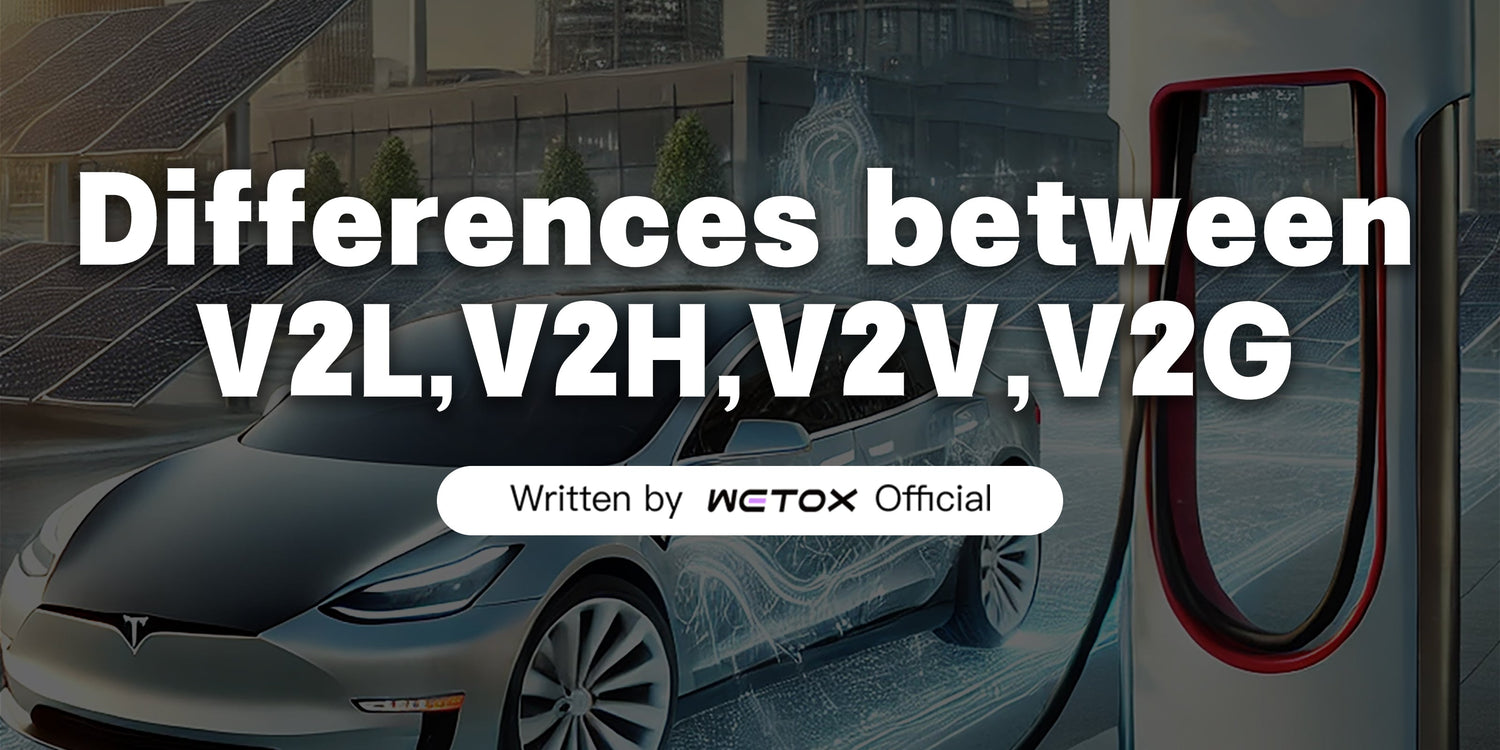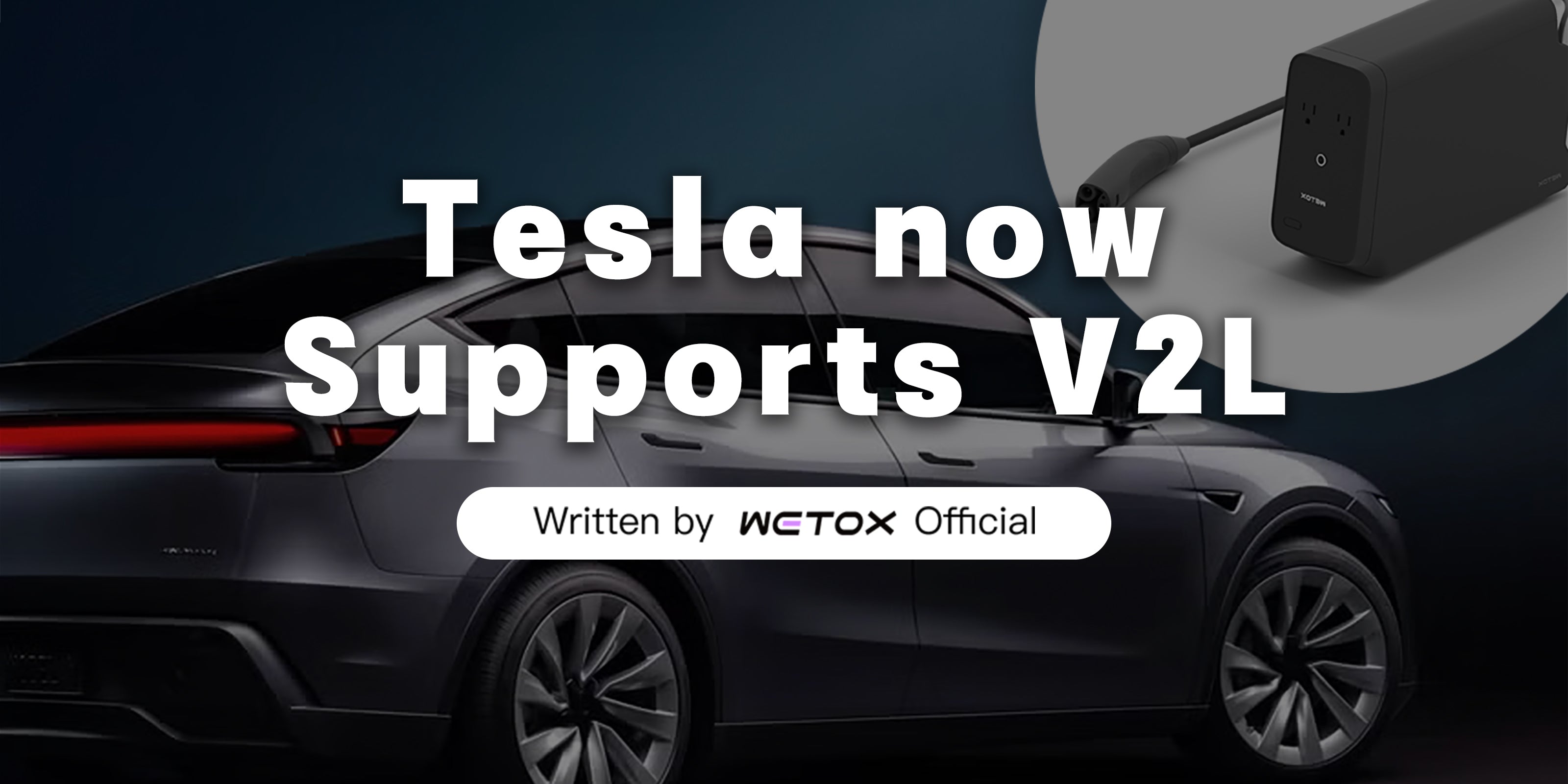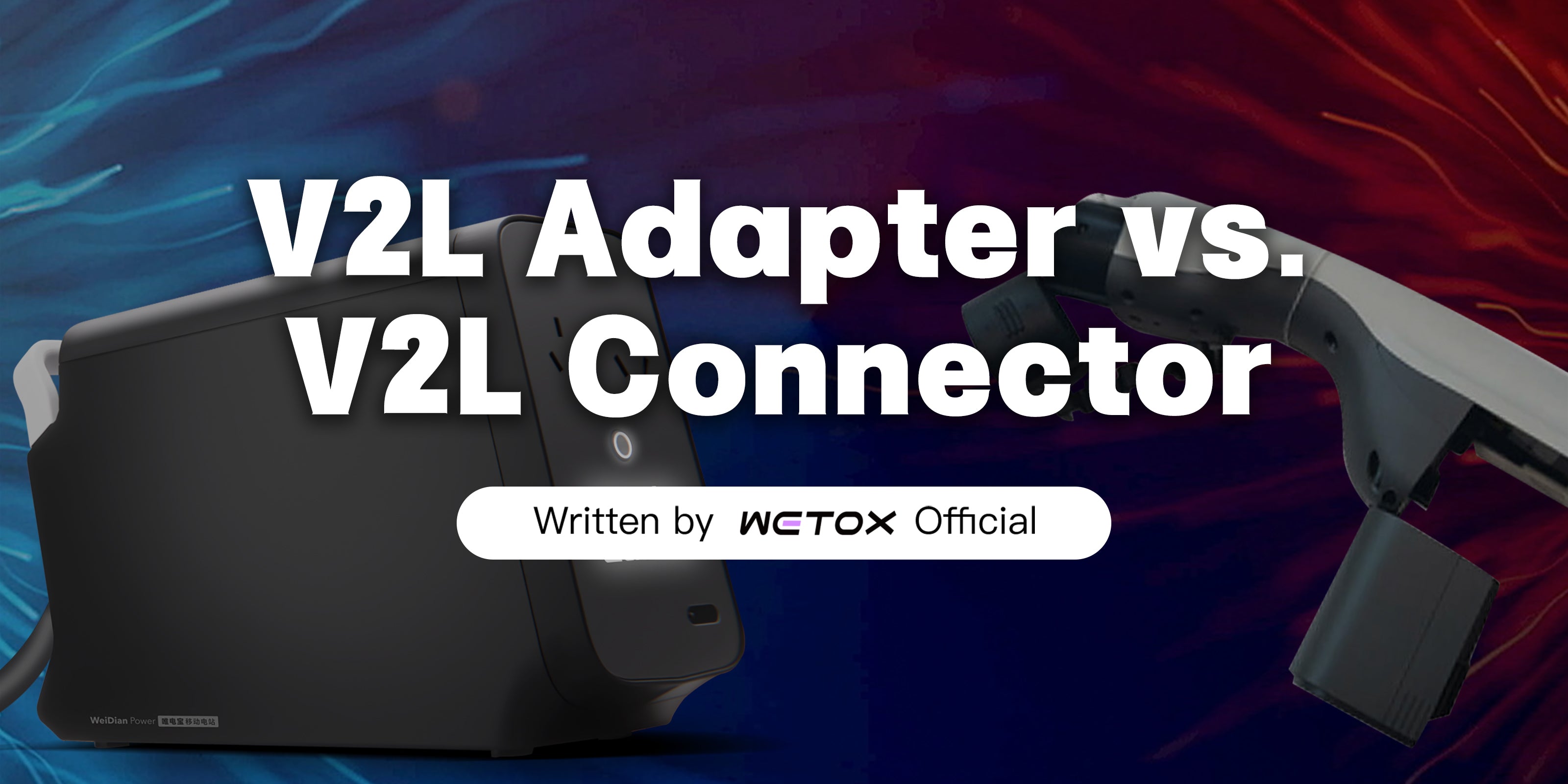 Two years ago, Tesla opened up the design patents for its EV connectors, naming the chargers and charging ports the 'North American Charging Standard (NACS),' and released the NACS white paper.The document introduced the concept of vehicle-to-load (V2L) for the first time, stating that NACS would support 'Vehicle-to-X.'
Two years ago, Tesla opened up the design patents for its EV connectors, naming the chargers and charging ports the 'North American Charging Standard (NACS),' and released the NACS white paper.The document introduced the concept of vehicle-to-load (V2L) for the first time, stating that NACS would support 'Vehicle-to-X.'So, what does the 'X' in 'Vehicle-to-X' refer to?
'Vehicle-to-X' (V2X) is a general term for bi-directional charging technology in electric vehicles. It includes four main application scenarios: V2L (Vehicle-to-Load), V2H (Vehicle-to-Home), V2V (Vehicle-to-Vehicle), and V2G (Vehicle-to-Grid).These terms highlight the flexible use of electric vehicles as decentralized power sources in various settings, forming a crucial part of distributed energy storage systems.

- V2L (Vehicle to Load)
V2L, which refers to powering external loads directly from a vehicle, is the most common discharging application. It allows vehicles to supply 3–6kW of 110V/220V household electricity (based on local standards) for appliances such as ovens, hair dryers, and induction cookers. It can also power tools like small drills and pressure washers, making it ideal for outdoor work. The term 'load' covers a wide range of devices,'V2L' is mainly classified by its usage scenarios, such as camping or outdoor work in areas without access to electricity.

- V2H (Vehicle to Home)
V2H is a system that supplies power from a vehicle to home appliances. A similar concept, V2B (Vehicle-to-Building/Business), serves a similar purpose—providing backup power during outages caused by events like cold snaps or hurricanes.
A professional V2H setup typically requires high-power DC output from the vehicle, along with energy storage, an inverter, and dedicated wiring for power regulation. However, without such infrastructure, a simpler form of V2H can be achieved using a V2L adapter/connector paired with a long extension cord.

- V2V (Vehicle to Vehicle)
V2V refers to discharging power from one vehicle to charge another. Broadly speaking, any method where one vehicle charges another can be classified as V2V. However, the optimal approach is direct DC-to-DC fast charging between vehicles, bypassing extra conversion steps. This method requires specialized equipment and built-in support in both vehicles.
Currently, most V2V scenarios rely on converting DC power from one vehicle into AC through an inverter, which is then used with a Mode 2 portable charger to provide low-power charging to the other vehicle. While this method is relatively slow, it can still serve as an emergency power backup solution when a vehicle runs out of power.

- V2G (Vehicle to Grid)
V2G is the most complex and strategically important application within the V2X framework. It requires vehicles to support advanced ecosystem integration and operate with dedicated V2G bidirectional charging stations. It also requires seamless coordination among the power grid, information systems, and dispatch platforms.
For vehicle owners, V2G enables charging at low electricity rates and discharging at high rates to profit from price differences. For nations, V2G reduces grid load, improves power quality, and addresses the intermittency of renewable energy generation.While many countries have included V2G in their energy development plans, large-scale implementation remains a distant goal, and conventional V2L adapter/connector cannot achieve this functionality.

Now that we’ve covered this information, let’s return to the beginning of the article. Since Tesla mentioned 'V2X' in its NACS document, does that mean Tesla vehicles are capable of V2X technology?
Unfortunately, the answer is—mostly no.
Except for the Cybertruck, which was released in November 2023 and comes with bi-directional charging, Tesla's other mainstream models—Model 3, Model Y, Model S, and Model X—do not support this feature.

We’ve covered this topic in detail in previous articles—except for the Cybertruck, none of Tesla’s other models come equipped with bi-directional OBC hardware, rendering them incompatible with discharging. Whether future models will include this feature remains uncertain, but for current Tesla owners, overcoming this limitation is the top priority.
The WETOX PowerShare D2 provides V2X technology capability for Tesla models with NACS charging ports—Model 3, Model Y, Model S, and Model X—even if they lack bi-directional OBC hardware. It supports multiple V2X applications, including V2L, V2V, and V2H, enabling you to fully utilize the value of your vehicle’s traction battery.
For more information about the product, visit the WETOX product page on our official website for detailed features and specifications.




Leave a comment
This site is protected by hCaptcha and the hCaptcha Privacy Policy and Terms of Service apply.